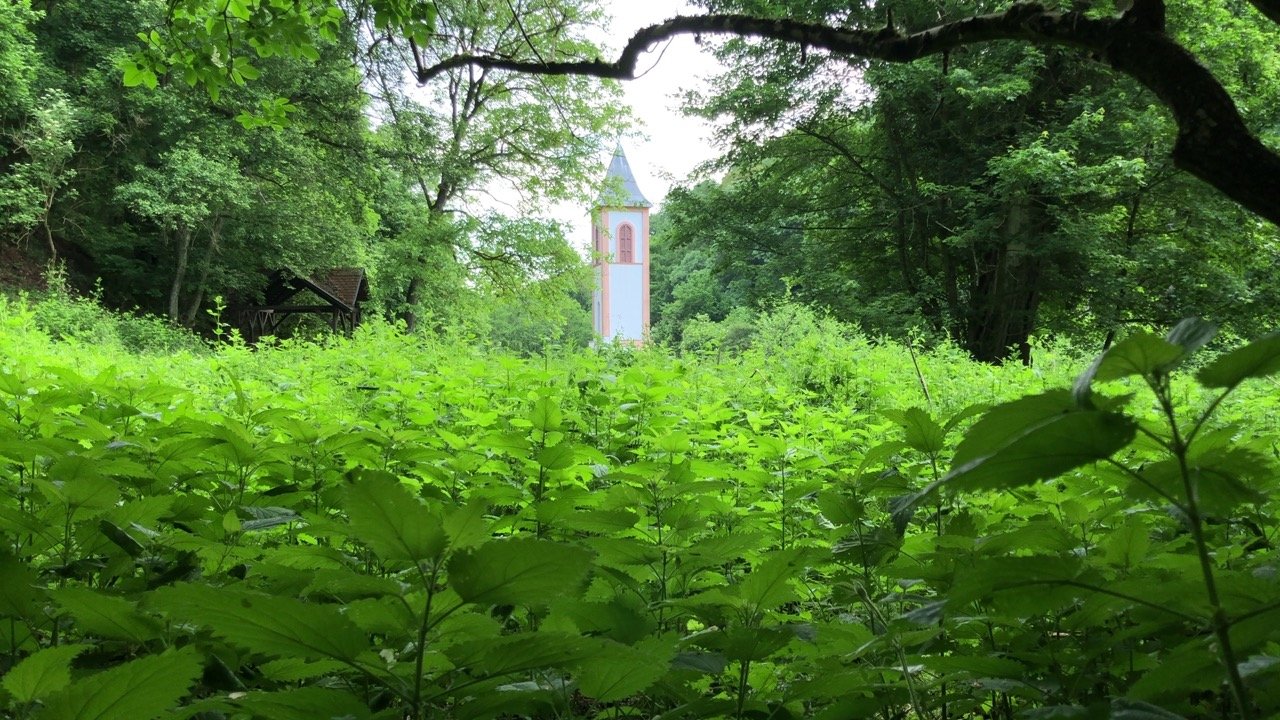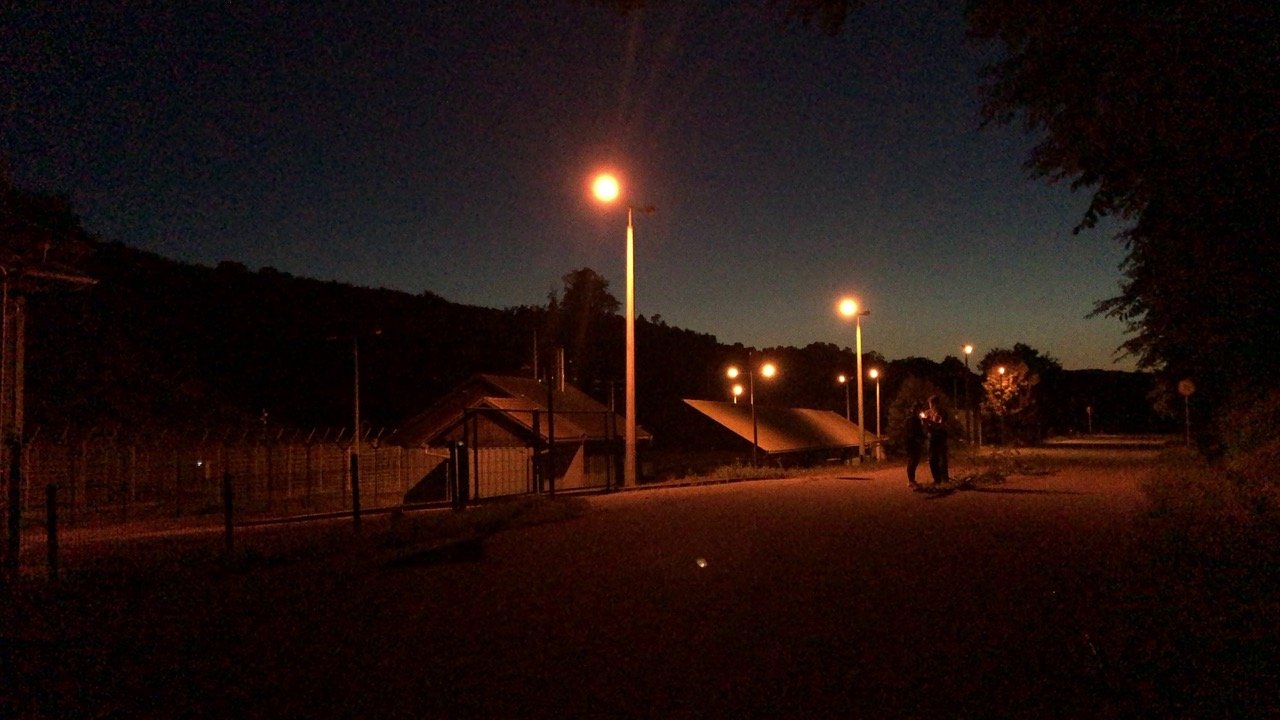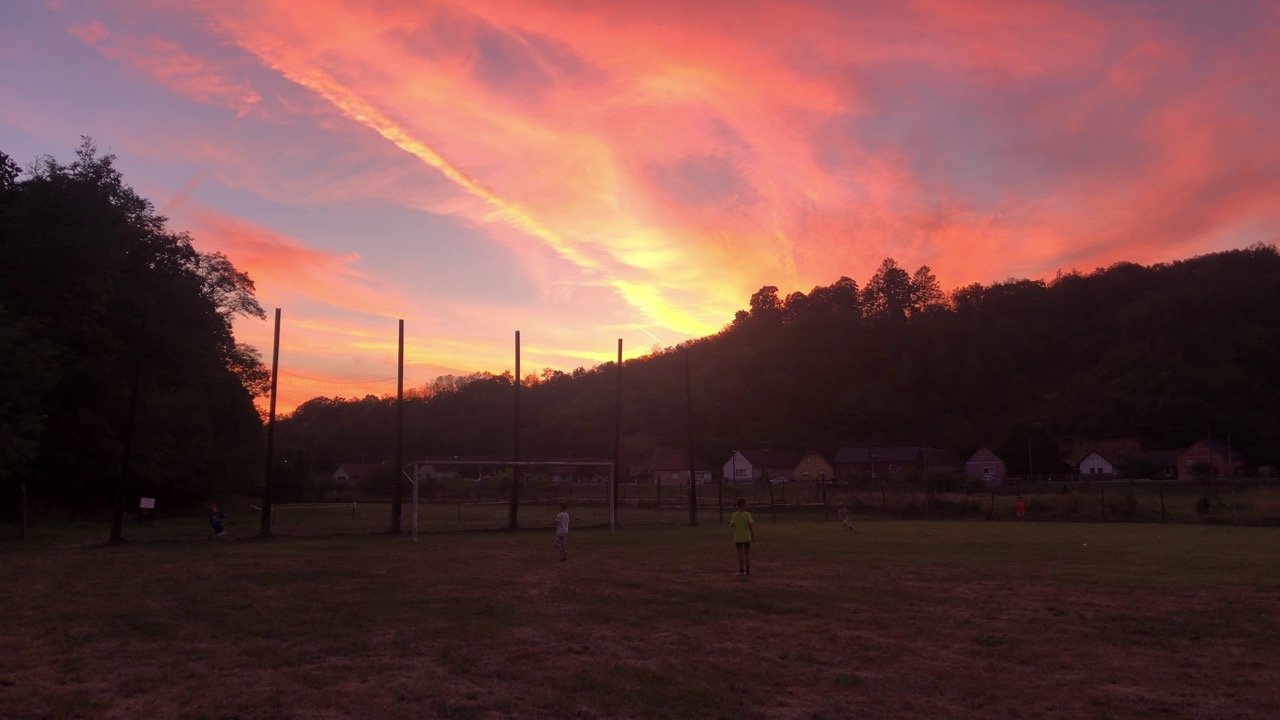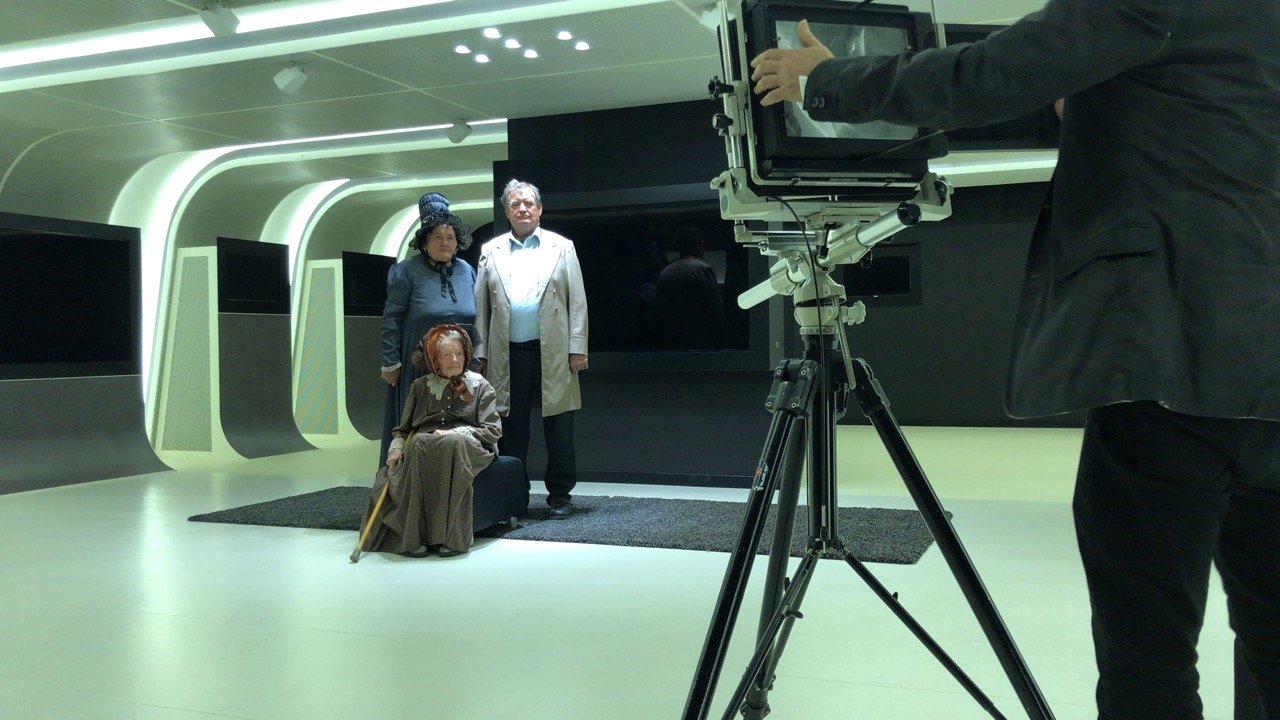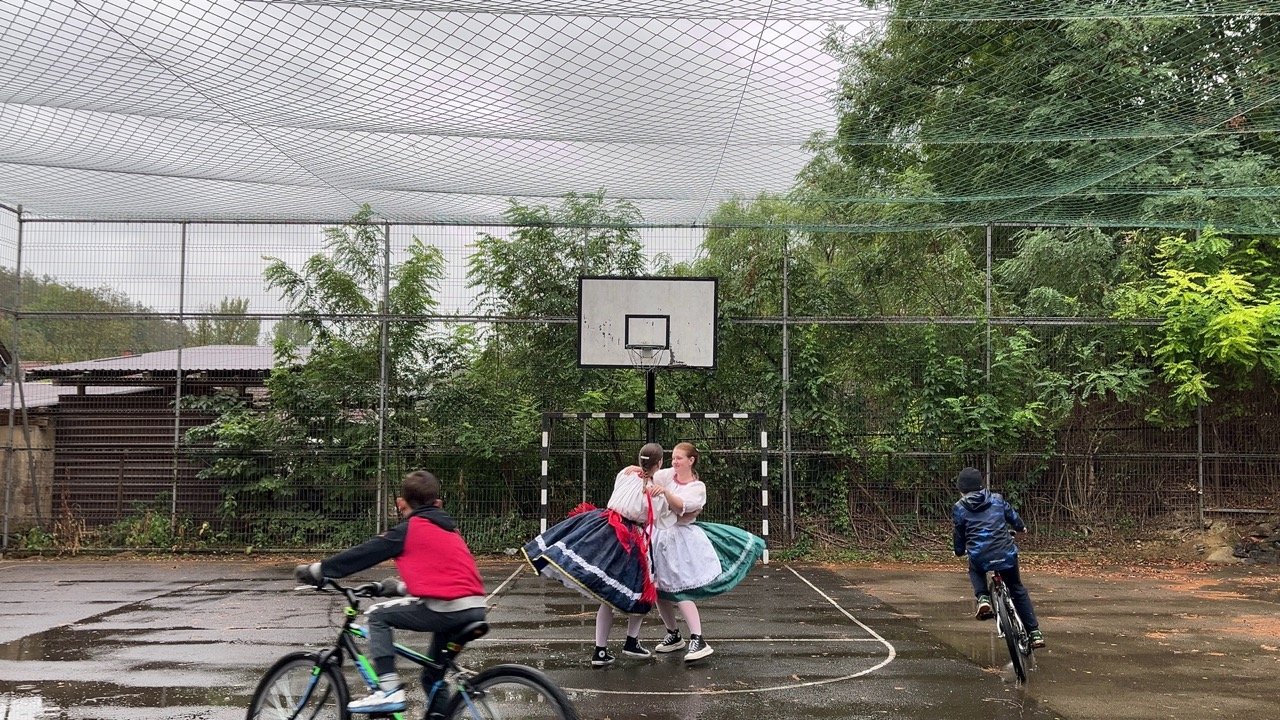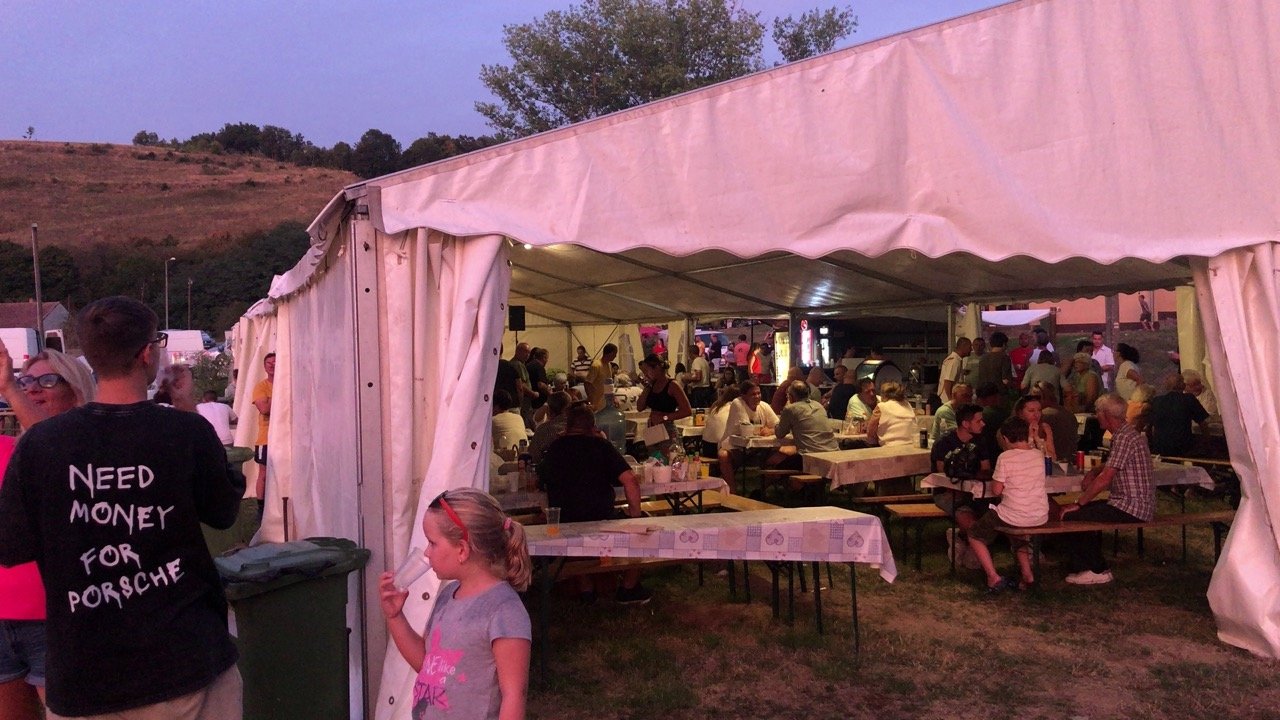Three-channel film by Krisztina Erdei and Daniel Misota - Online Screening Room
Krisztina Erdei and Dániel Misota’s work is the culmination of a deep, long-term engagement with the community of Bátaapáti, a small village in Hungary’s Tolna County, which has hosted a final repository for low- and medium-level radioactive waste s since 2011. Their project explores the complex social, economic, and cultural implications of living in proximity to this nuclear waste site, blending community-based participation, artistic intervention, and personal storytelling. The artists' primary focus is on the intimate, non-official narratives of villagers who live in the shadow of a looming yet, in the everyday life, almost invisible nuclear facility. Through representations of stories of the village life, they juxtapose politically and economically significant issues with personal memories, examining how the presence of the repository reshapes the community's collective memory, space, and day-to-day experiences.
For over a year, Erdei and Misota returned frequently to Bátaapáti, building relationships with residents across generations and collecting personal stories that evoke different ways of living, working, and loving throughout the village’s turbulent history over the past two centuries. The central film of the 3-channel video work portrays Bátaapáti through a series of short scenes and filmic re-enactments of these collected stories, created in collaboration with the community. By reshuffling the locations and protagonists, the artists engage the residents in a dynamic reflection on their shared history, confronting the vast environmental timescales imposed by the radioactive waste stored nearby. These condensed alternative histories are accompanied and framed by two slow-moving scenes in the other two video channels. In one, the repository, present only as a distant backdrop to the human activity of the main film, takes center stage. The camera explores the organic textures of the repository tunnel’s walls, juxtaposing them with the carefully crafted crates of nuclear waste. In contrast, the other scene lingers on the village’s lonely church tower in Üveghuta, the sole remnant of what was once a thriving German-minority village. While the houses built with natural materials have been weather-beaten, today the tower stands alone in the nearby forest, speaking to a recent but rapidly fading chapter of human history. It serves as a testament to the village’s economic decline following the collapse of viticulture and the out-migration to cities that occurred in the early 20th century, compounded by the forced expulsion of the German population after World War II. The juxtaposition of these scenes—of the nuclear repository and the remnants of human settlement—invites the viewer to consider very human yet volatile personal concerns and desires, suspended between grand narratives of history and catapulted into the unfathomable more-than-human scale of deep time.
The work reflects on the interwoven layers of past, present, and future, and the broader tensions between human and non-human forces in the Anthropocene. It challenges the dominance of official, scientific documentation and historical narratives by prioritizing lived experience over archival material, creating a dialogue between the local cultural context and global issues such as ecology, radioactive decay, and humanity’s impact on the environment. Inspired by the rich social and cultural fabric of the region, the project raises critical questions about the relationship between material evidence, isolation, and memory. It serves as a powerful commentary on how anthropogenic markers, like the "nuclear cemetery" of the repository, extend the village’s time horizon into an unimaginable future, confronting us with the transience of human life against the backdrop of an enduring, radioactive legacy.
Text by Virág Major-Kremer, member of the curatorial team at neue Gesellschaft für bildende Kunst, Berlin
